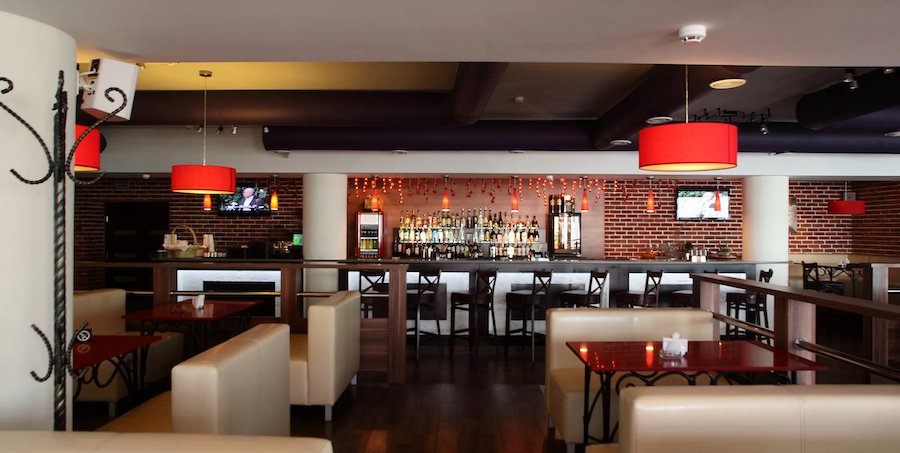Illuminating the Influence of Lighting Circumstances on Motion Detection Accuracy and Dependability
Illuminating the Influence of Lighting Circumstances on Motion Detection Accuracy and Dependability
Blog Article
Illumination environments play a significant impact in how well we can perceive movement. Movement detection is a critical component of different technologies, including security cameras, automatic illumination systems, and also certain gaming applications. Understanding the ways various illumination environments influence our capacity to perceive movement can help improve the design and effectiveness of these systems. For example, poor illumination might lead to missed movements or false alarms, while optimal lighting can enhance the accuracy of motion detection technologies.
In bright lighting environments, motion detection is typically more accurate. When there is ample light, sensors and cameras can capture sharper images, which assists in identifying dynamic objects. Well-lit environments allow for better distinction between the moving element and the background. This contrast is crucial for both human viewers and automated technologies, as it makes it simpler to differentiate between stationary and dynamic objects in a scene. Thus, ensuring that spaces are well-lit can greatly enhance the performance of movement detection systems.
On the other hand, low-light environments can pose challenges for movement detection. In dim environments, shadows can hide dynamic elements, making them hard to detect. Additionally, the eye struggles to detect movement in dim conditions, which can result in misinterpretation of the situation in the environment. Cameras may also face challenges, as many do not perform well in dim conditions without the use of infrared technology or alternative enhancements. These limitations highlight the significance of adequate illumination in environments where motion detection is essential.
Moreover, various types of illumination can have different impacts on movement detection. For example, fluorescent lights can flash, which might confuse movement detection systems that depend on consistent illumination sources. On the other hand, daylight provides a consistent source of lighting that enhances visibility. Comprehending these differences in lighting types can assist users in choosing the click resources most appropriate lighting for specific uses, particularly in security and surveillance situations.
In summary, the relationship between lighting conditions and motion detection precision is important. By making sure that settings are suitably lit, we can enhance the reliability of motion detection technologies. This knowledge not only supports tech uses but also enhances safety and security in various environments. As further developments are made in movement detection systems, taking using motion detection for home security into account lighting conditions will continue to be a crucial consideration in enhancing effectiveness and guaranteeing that these technologies function properly in various environments.